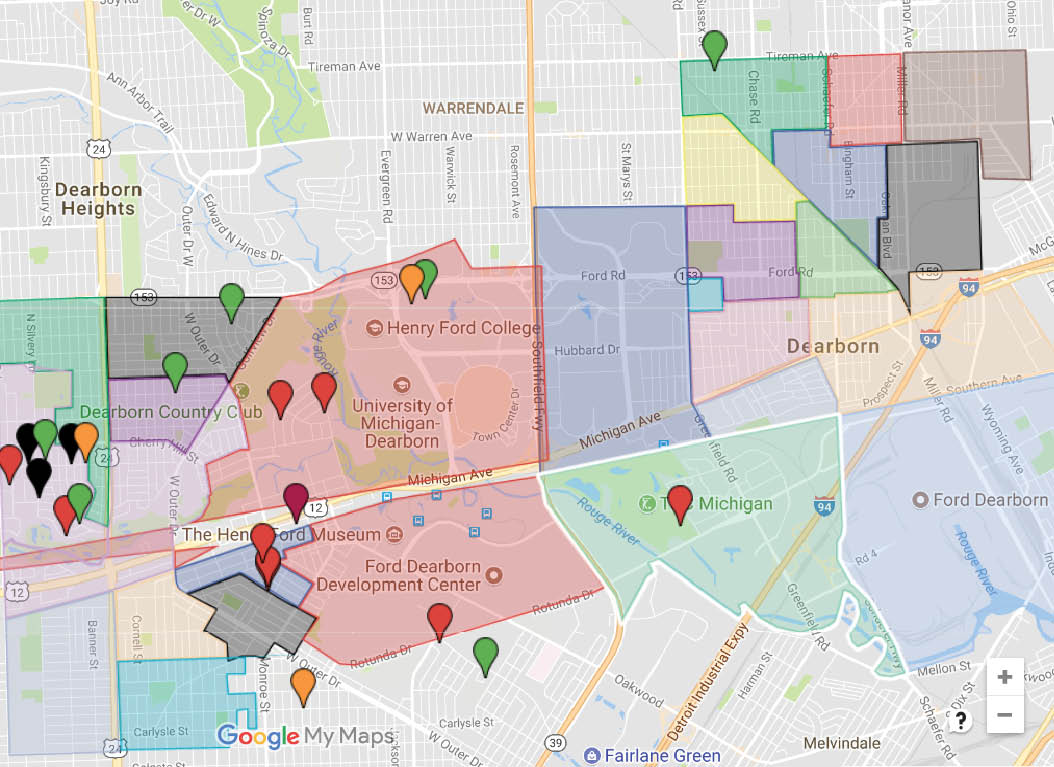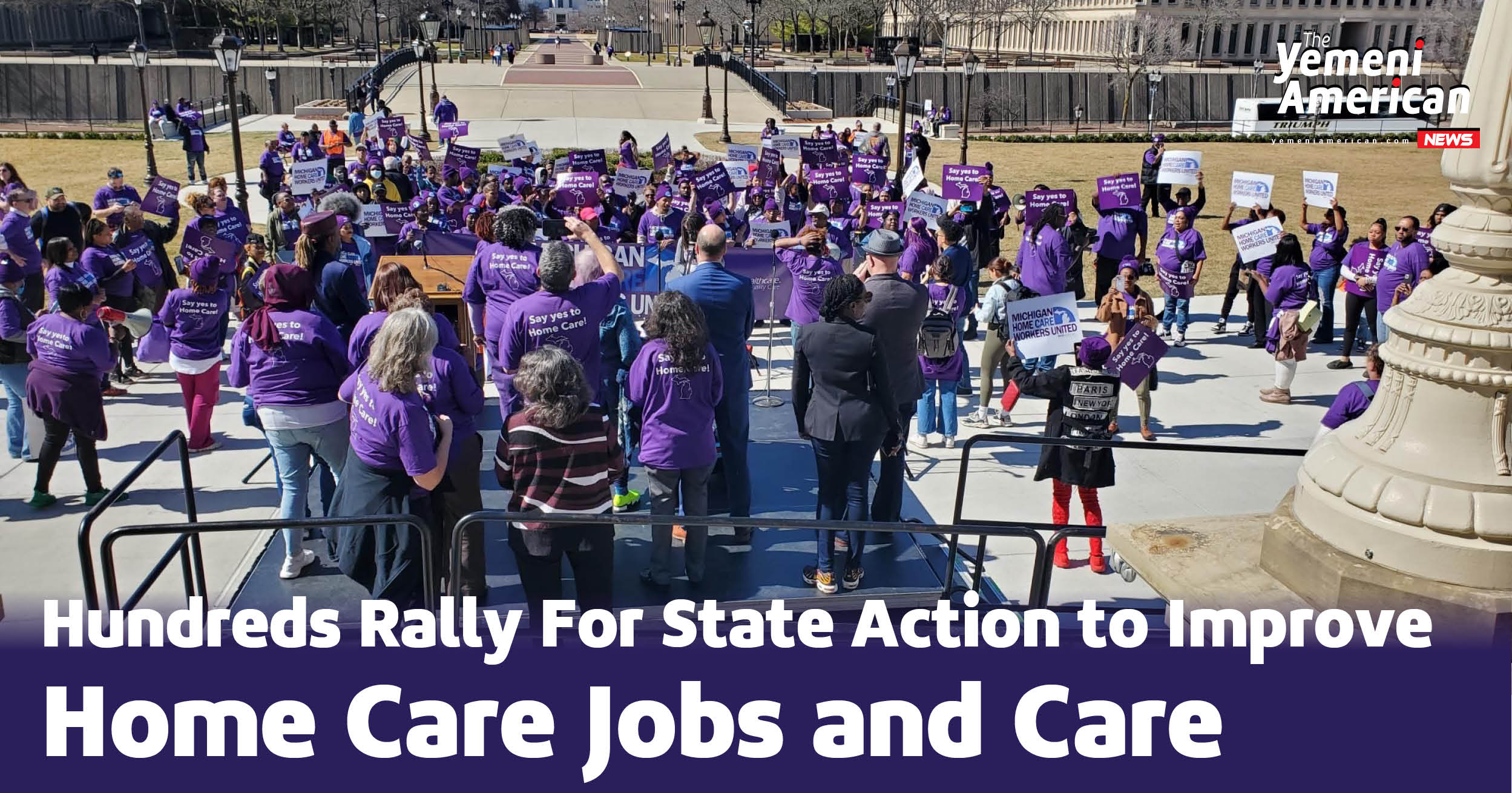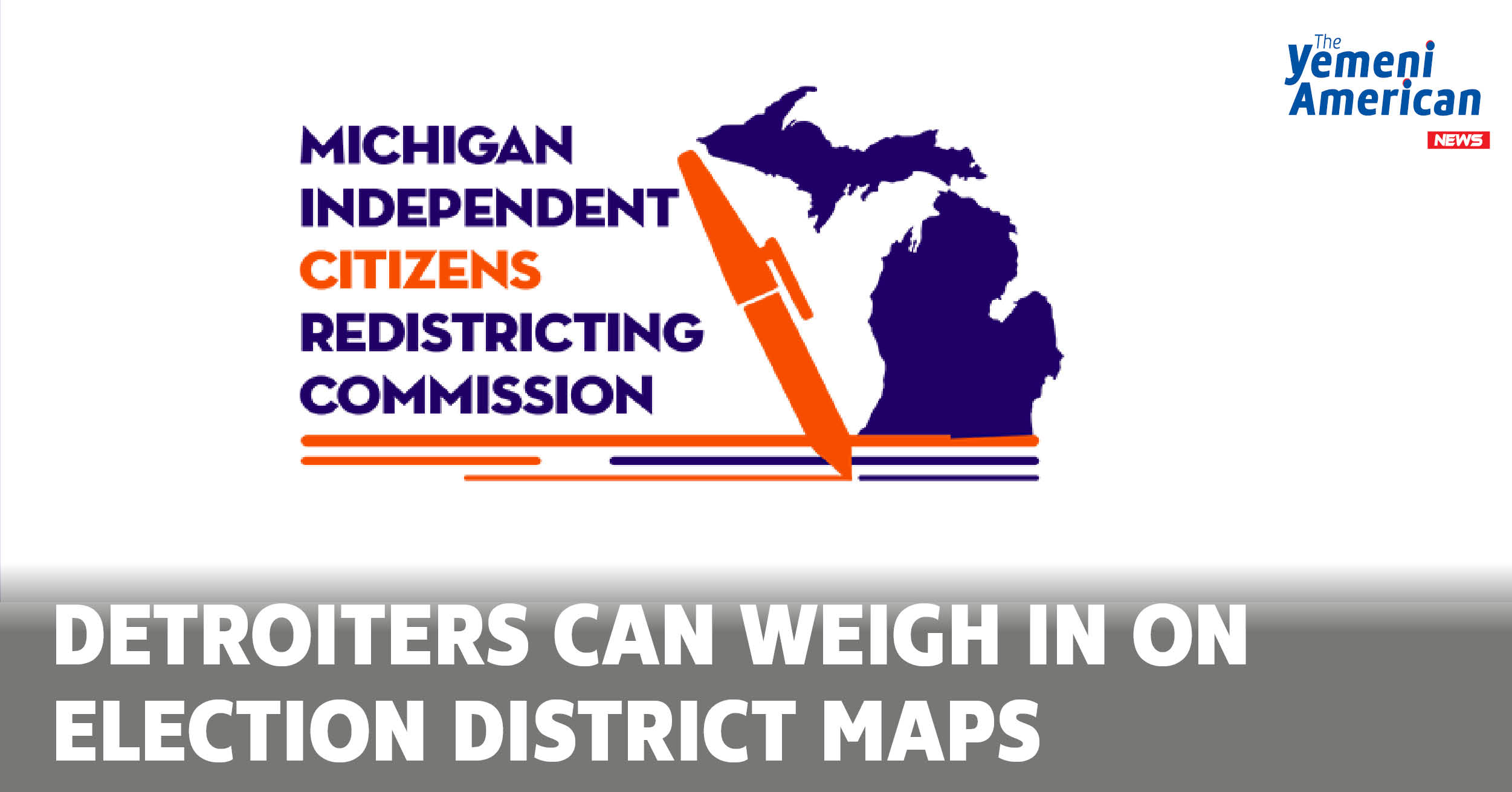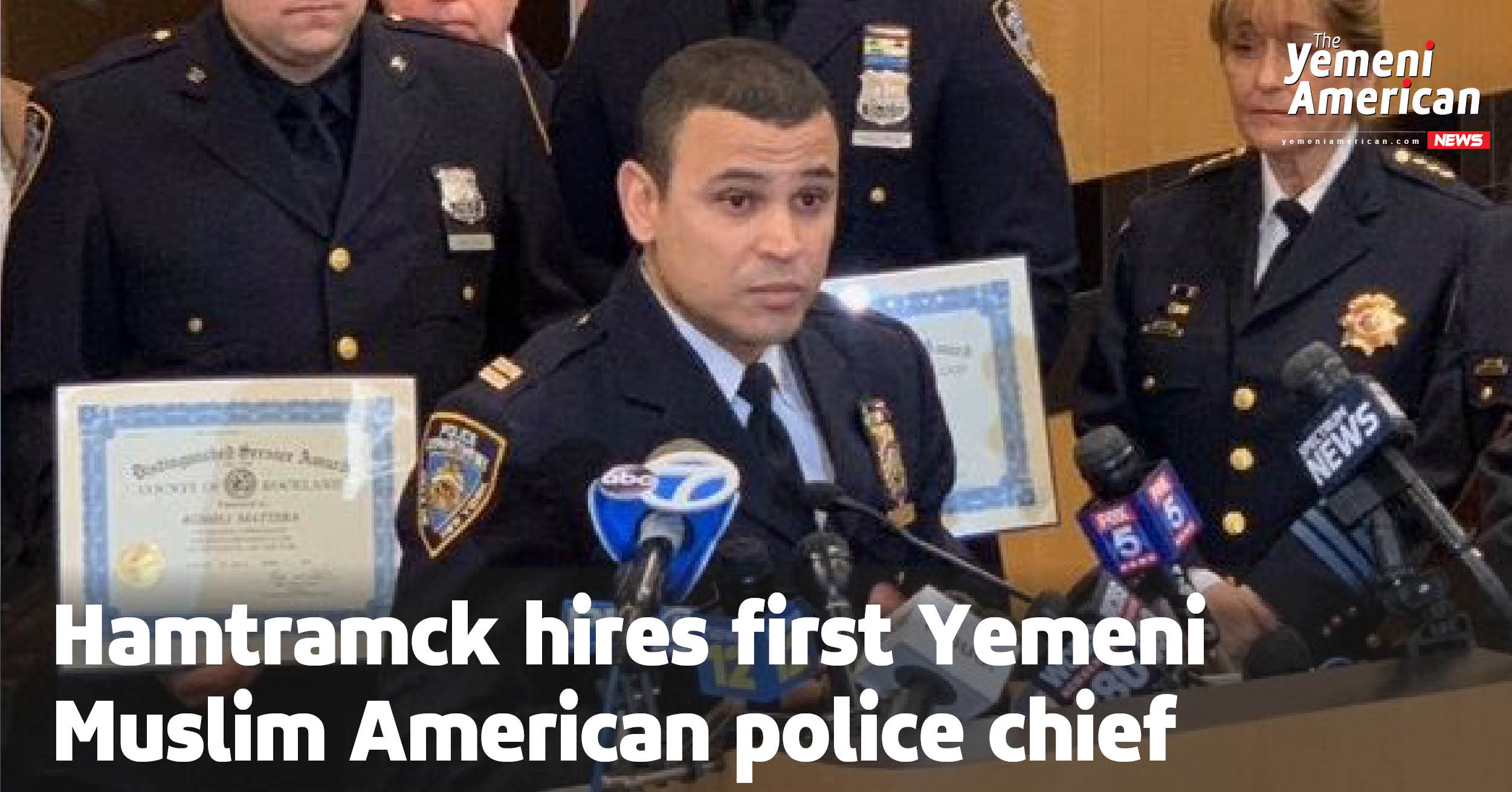By Adel Mozip
The Yemeni American News
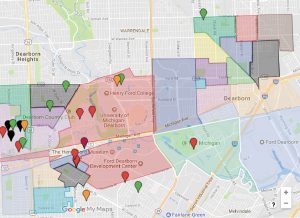
* The map pins represent where officials reside in the City. Red represents city officials, black represents elected judges and green represents school board members while orange represents other officials
Dearborn is a unique Michigan suburb of the motor city, Detroit, and is the hometown of the American icon, Henry Ford II as well as the home to his company, Ford. The city just like any other Michigan municipality, elects a city council, a mayor, a clerk, and 7 members to the Board of Education. Along with Allen Park, they also elect a commissioner to county, Wayne County. Most of Dearborn is district 15 for the Michigan’s House of Representatives and belongs to the 3rd district of the Michigan’s Senate. Most of the city is among the 12th congressional district.
Registered voters in the city are estimated between 60 and 61 thousand among around 100 thousand residents of the city. The voter turnout in a presidential election comes near 60% which is near the national average but voter turnout in an “off year” election just like the one we witnessed last November was just around 23%.
The Yemeni American News performed a data analysis on historical voting records and noticed a trend that cannot be ignored: the vast majority of the elected officials live in a concentrated area of the city primarily the west side. It is worthy to note that “the west” side of the city votes in higher numbers compared to “the east” side of the city. The ratio of the voting can be 1:3 at times but in the last elections, that gap has been narrowed. Even with the current voter turnout, the representation of the city officials isn’t close to 1:3 between the east side and the west side of the city. The Yemeni American News placed pins on the map of the city of Dearborn on where the elected officials live; and found that:
Only one out of the 23 elected officials live in the east side of the city. Dearborn has 50 precincts (some precincts have two locations within them) and 4 zipcodes. The 48124 zip code has the bulk number of officials at 18, 48126 having only 2 in which one votes in a west precinct, 48128 having one official, and one for 48120 (who votes at St. Kateri). Eight out of the 23 elected officials vote at the Haigh Elementary.
Dearborn’s east and west sides are not official sections and the city officials always refuse to go by that divide although the de facto status of both areas in the city dictates the naming and the different characteristics of each side. The Yemeni American News posed the following questions to all the elected officials and the recent elected council members:
Do you believe the current markup fairly represents the residents of Dearborn?
Seeing that there is only one representative from the 24 officials lives in the East, do you see an “equity problem”? If yes what do you think should be done to resolve it?
Do you think residency matters when it comes to representing the residents in Dearborn?
Some responded and some did not return our inquiry. Councilman David Bazzy responded saying “Dearborn is one city I believe there are those who wish to make the nomenclature of geographical quadrants into political quadrants”. He adds “ For me that separates residents when the goal is to unify them For me I represent all of Dearborn and I believe the breakdown in voting justifies that belief” while Councilman Abraham questions if this is a problem, saying “ If the voters in east Dearborn are supporting west Dearborn candidates is this a real problem, perceived problem or no problem?.”
Board of Education President Mary Lane answered our questions in detailed and noted that she does not know where other Dearborn elected officials reside, so she cannot comment on their residences. She answers the first question saying “I believe your real underlying question is whether the city would be better served by a “ward system” or an “at large system” of municipal government”
As to the question “Seeing that there is only one representative from the 24 officials lives in the East, do you see an “equity problem”? If yes what do you think should be done to resolve it?” I have not studied or analyzed the issue, therefore, I do not know if this is an “equity problem” or an involvement or political action problem.
In response to our last question Trustee Lane said that she believe the greatest representation in a democracy results from diversity (of all kinds), an attitude of stewardship and public service (not self-service), knowledge of and involvement on the area of governance. She adds “I hope that I have served the people of Dearborn and Dearborn Heights well in the education of our children.”
Wayne County Chair Commissioner Gary Woronchak of Dearborn in an in-person conversation mentioned that he recognizes that representation is mostly from the West but he believes some of the elected officials have eastend or southend roots such as Susan Dabaja who started in the Southend of town and Abdullah Hammoud who just happened to find a house in the west area of the city. He also adds that the city of Dearborn’s population is too small to have a “ward” system in which neighborhoods can elect their representative to council, similar to the recent Detroit had. He also added that voters do not pay attention to where the candidates lives. When Detroit changed their election system to a district-type municipality, the first Hispanic American was elected to the city’s council from the Southwest district.
Newly elected councilwoman Erin Byrnes believes that representation for residents across our city is key. “I would be very happy to see elected officials coming from a broader range of neighborhoods and geographic areas of Dearborn. There was a conversation over the course of the 2017 election cycle regarding a mix of at-large and district representatives, and some larger cities have seen success with that model.” She tells the Yemeni American News.
With regards to understanding the needs of the entire city, she said it requires listening to hopes and concerns by elected officials and assessing what can be done to address challenges and disparities in a way that creates tangible progress.
The councilwoman-elect said residency is important, though current residency does not always tell the full story when it comes to a person’s ability to represent a variety of needs and neighborhoods. She said that she grew up on the east end where I lived for 27 years in total, and moved to the west end three years ago to be closer to where she works in Ann Arbor. She adds “While I currently live in the west end of town, I have a deeper knowledge of the geographic area in Dearborn where I lived for the majority of my life.”
Community activist Wali Tahaif said to the Yemeni American News that this issue is very much of concern in the entire country. He said “The social economic status dictates it. If you do a research on Detroit elected officials you’ll also find that most if not all of them live in the most expensive and most safest district in the city of Detroit and the same all over the state.” Others share the same concern about equal representation such as community activist and insurance agent Samiah Hamid who said “maybe we need to adopt Detroit city council election guidelines [in Dearborn]. Candidates run and get elected from different parts of the city. That will give equal representation”


